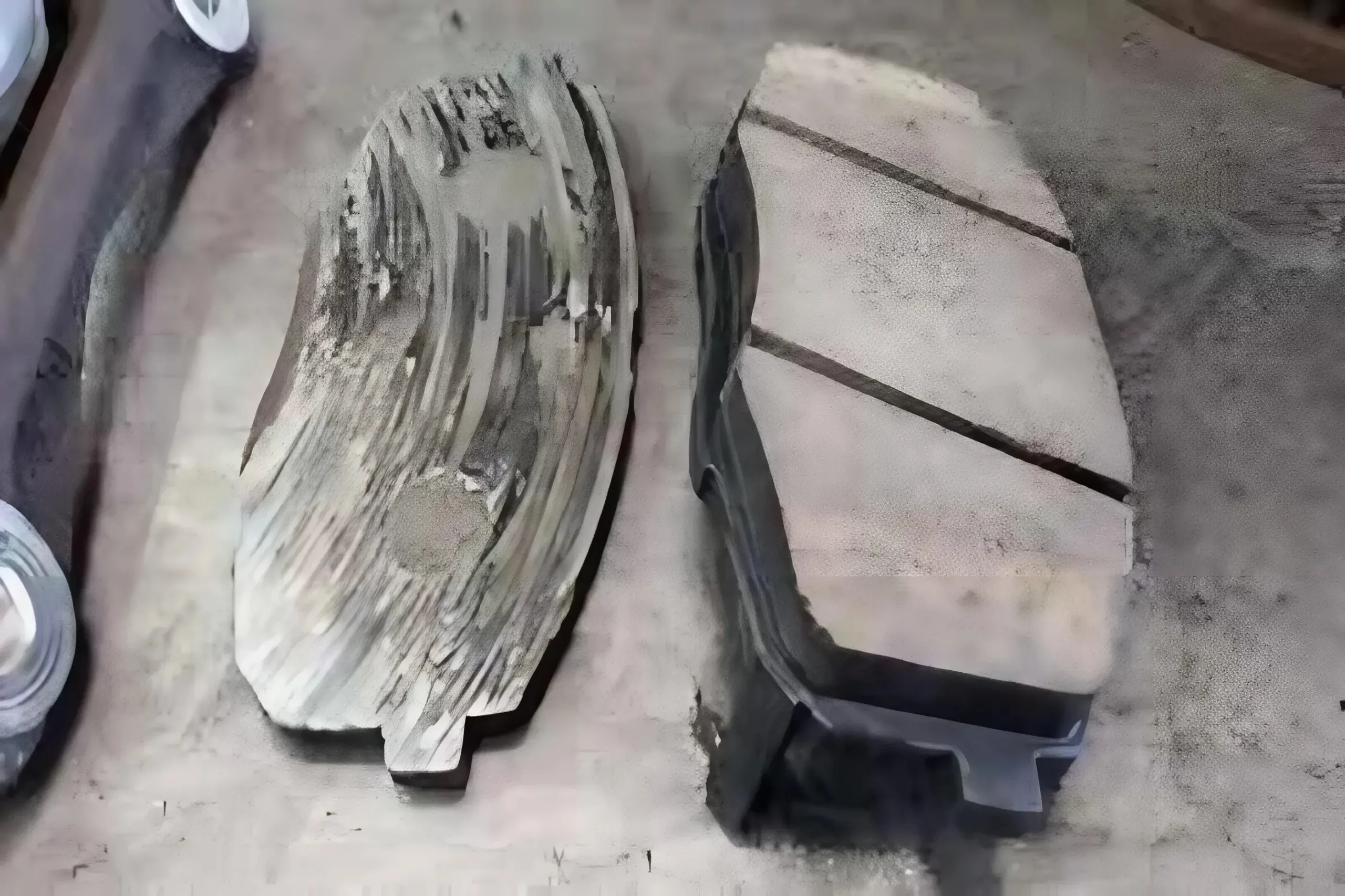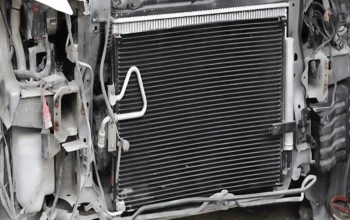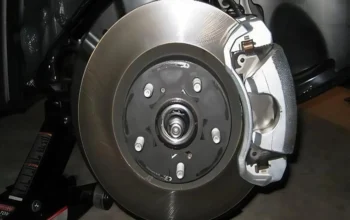Ever been confused about how much replacing brake pads cost? You’re not alone. Whether you’re hearing a squeaky sound every time you hit the brakes or just doing some research ahead of routine maintenance, understanding brake pads cost can feel like diving into the unknown.
Let’s make things simple: you don’t need to be a mechanic to get the basics down. You just need the right info. So, is replacing brake pads expensive? Is it worth doing early, or should you wait? We’ll answer that and more right here.
Table of Contents:
What’s the Average Cost of Replacing Brake Pads?
On average, you’ll spend $100–$300 per axle to replace brake pads. That means replacing just the front or rear brake pads will cost around $100 to $300, while replacing both will be $200 to $600.
Sounds like a wide range, right? That’s because several key factors can shift your final bill.
1. Vehicle Type Matters
The make and model of your vehicle plays a big role in how much you’ll spend.
If you drive a compact sedan, you’ll likely pay less because the brake components are smaller and easier to access. On the other hand, SUVs and trucks often require larger, more durable pads — and more effort to install them — which drives up the price.
2. Type of Brake Pads
Not all brake pads are created equal. Here’s a quick breakdown:
- Organic pads: Budget-friendly, but wear out quickly.
- Semi-metallic pads: Good performance, moderate price.
- Ceramic pads: Long-lasting, quiet, and clean — but also the priciest.
So if you’re aiming for long-term performance, ceramic might be worth the extra cash. But if you’re short on budget and just need a quick fix, organic pads might do the job for now.
3. Labor Costs
Labor typically ranges between $50 to $200 per axle, depending on the auto shop, location, and vehicle complexity. In high-cost cities, even a basic brake job pricing can feel steep. That’s why comparing prices or even considering DIY (if you’re handy) can make a difference.
4. Location, Location, Location
Yes, even your zip code affects pricing. A repair shop in Los Angeles may charge more than one in a smaller town. Urban shops usually have higher overhead and often pass those costs on to you.
DIY or Go to a Pro?
Thinking of fixing brake pads yourself? If you’ve got the tools and the know-how, you could save hundreds on labor. But it’s not without risk. Mistakes can lead to unsafe driving conditions — and possibly costlier repairs down the road.
If you’re not 100% confident, it’s best to let a certified mechanic handle the job. Sometimes, saving money now means paying more later if the job isn’t done right.
Should You Replace Just the Brake Pads?
Technically, yes — you can replace just the brake pads. But there’s a catch.
If your rotors are also worn down (which they often are), putting new pads on old rotors can cause:
- Brake vibration
- Reduced stopping power
- Faster wear on the new pads
So while replacing only the brake pads saves money short-term, ignoring other components might cost you more — and compromise safety.
5. Sometimes, It’s More Than Just Pads
When brake pads are worn out, rotors are often not far behind. If both need replacement, expect to pay around $250–$500 per axle, or $500–$1,000 for the entire vehicle.
How Long Do Brake Pads Last?
Brake pads typically last 30,000 to 80,000 miles, depending on:
6. Driving Habits
If you’re the kind of driver who’s heavy on the brakes (we see you, city commuters), expect more frequent replacements. People who drive manual cars and use engine braking can often extend pad life.
7. Environment
Urban drivers use brakes more often than rural drivers. More stopping and starting = more wear and tear.
8. Brake System Condition
New pads on old rotors or damaged calipers? That’s a recipe for fast wear. A healthy braking system helps extend pad life and ensures better performance.
9. Pad Material
Remember, ceramic and semi-metallic pads tend to last longer than organic ones. The upfront cost may be higher, but they save money over time.
What’s the Difference Between Brakes and Brake Pads?
The term “brakes” refers to the entire system that helps you stop your car. This includes:
- Brake pads
- Rotors
- Calipers
- Brake lines
- Brake fluid
- Master cylinder
Meanwhile, brake pads are just one part — the ones that press against the rotors to slow the car. So when someone says they “need new brakes,” it could mean anything from a quick pad swap to a full brake system overhaul.
Is Replacing Brake Pads Worth It?
Short answer: absolutely.
Letting your brake pads wear down completely doesn’t just affect performance — it can damage the rotors and calipers, too. That turns a $300 job into a $1,000+ repair.
Not to mention, you’re risking your safety and others on the road.
So even if it feels pricey upfront, replacing brake pads is a smart investment in both your wallet and your well-being.
How to Save on Brake Pad Replacement
10. Shop Around for Quotes
Prices vary by shop, so always get multiple quotes. Don’t be afraid to ask what kind of pads they’re using, and if they include rotor inspection.
11. Use a Car Repair Cost Estimator
Sites like AAA or RepairPal offer real-time estimates for your car and zip code. This helps you avoid overpaying and know what to expect.
12. Combine with Other Services
Need an oil change soon? Ask if they offer bundle discounts when you get brakes done too.
Final Thoughts: Is It Time to Replace Yours?
If your brakes are squeaking, vibrating, or your car feels “off” when slowing down, it’s time to act. Whether you’re just replacing brake pads or doing a full brake job, knowing the cost upfront helps you make smarter decisions.
Don’t wait until it becomes a bigger issue. A small fix today can save you hundreds (and a lot of stress) down the road.
What do you think? Let’s get started today.






